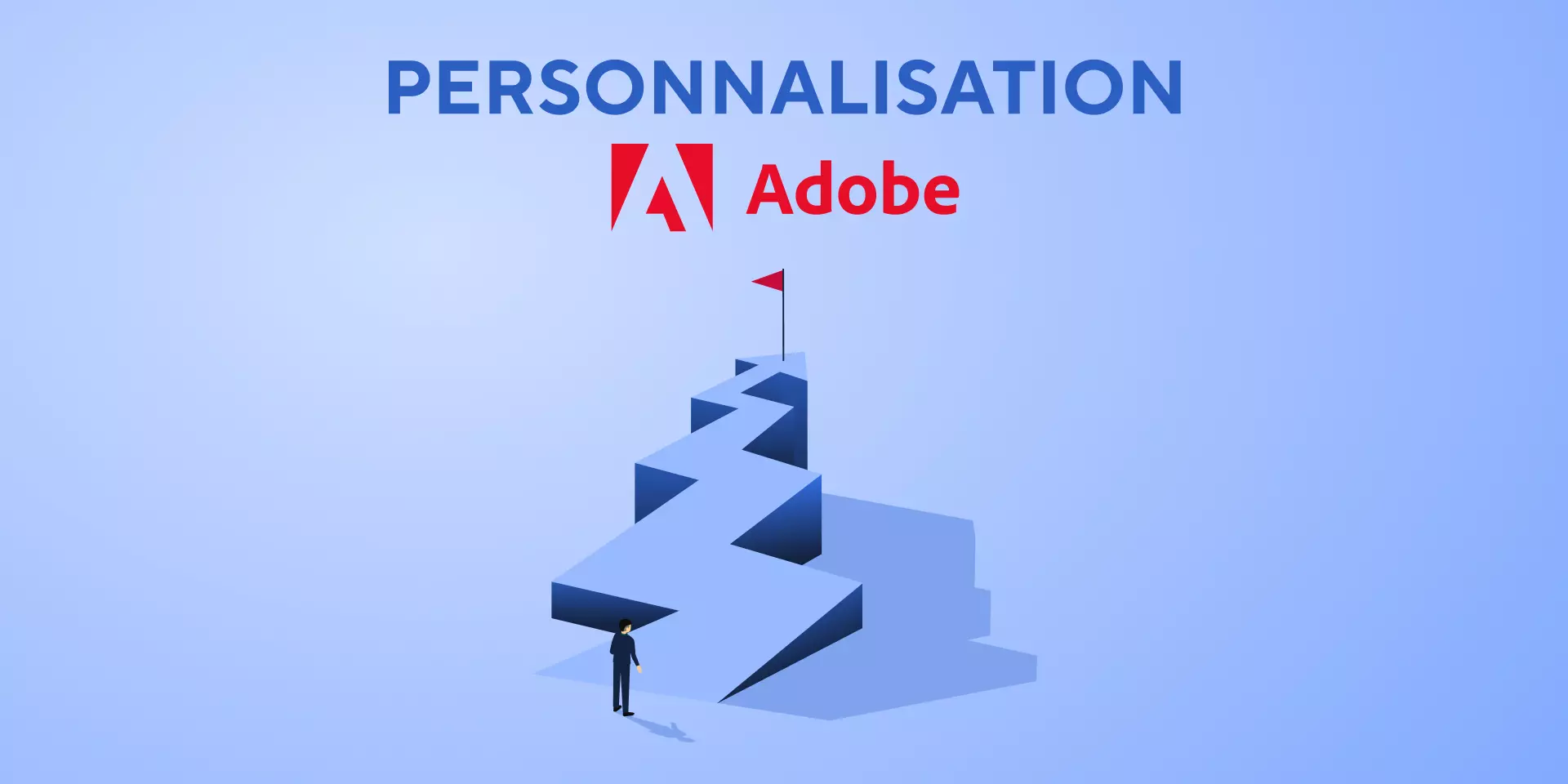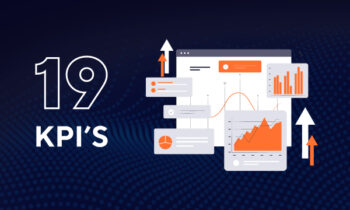Personalization: The growth axis of B2B eCommerce?
#personalization #eCommerce #B2B #Adobe
In 2022, more than ever, personalization is at the forefront. It has radically transformed eCommerce by putting the customer at the center of the equation, requiring e-retailers to reevaluate the customer relationship in the purchasing process.
In eCommerce, personalization is defined as “the use of data to provide a relevant and engaging experience for consumers across channels and devices, with the goal of measuring the impact of the delivered experience.”
So, is personalization a genuine growth axis for B2B eCommerce?

B2B online purchases continue to grow steadily. And like any consumer, B2B buyers want their online customer experience to be as smooth and convenient as possible, which includes receiving product recommendations tailored to their profiles and expectations.
Product recommendations not only generate higher revenues but also enhance the overall customer experience. For example, 35% of Amazon’s revenue comes from product recommendations. Moreover, 60% of consumers are more likely to become repeat buyers after a positive personalized online shopping experience.
Given these factors, it becomes essential for brands to consider personalization in their strategies.
Increasingly “digital native” B2B buyers
B2B buyers expect their purchasing experience to be quick, easy, always available, and, above all, “mobile-first.”
Today’s buyers desire features such as custom quotes and pricing by customer, but they also expect the brands they work with to leverage data to create increasingly personalized experiences, including product recommendations.
AI-powered product recommendations, such as those by Adobe Sensei, can help B2B merchants provide more relevant propositions to buyers, increasing conversion rates and the average order value.
Different types of recommendations
Four main types of recommendations are generally distinguished:
- Behavior-based recommendations: Focus on each buyer’s profiles and actions (recently viewed, viewed this, purchased that, etc.).
- Popularity-based recommendations: Utilize indicators like frequency of adding to cart, quantities sold, views, and the number of recommendations.
- Search-driven recommendations: Showcase the most viewed items, similar products, etc.
- Personalization-driven recommendations: Consider each buyer’s past and current online behaviors for optimal personalization.
Specifics for B2B
B2B eCommerce websites usually incorporate more complex logic, governing both product visibility and pricing for specific customers or customer groups. Thus, all recommendations should consider the restricted product catalog and specific pricing for each client or group.
Product recommendations can be even more critical for B2B buyers, as the sites often offer wider and more varied product ranges. Recommendations present an opportunity to display the breadth of products to buyers and, of course, increase sales.
In general, B2B merchants strive for higher units per order rather than the average basket value.
As an Adobe partner with 26 certified collaborators, DATASOLUTION can support you in your eCommerce project.
Don’t hesitate to contact our teams!
Source : Adobe


